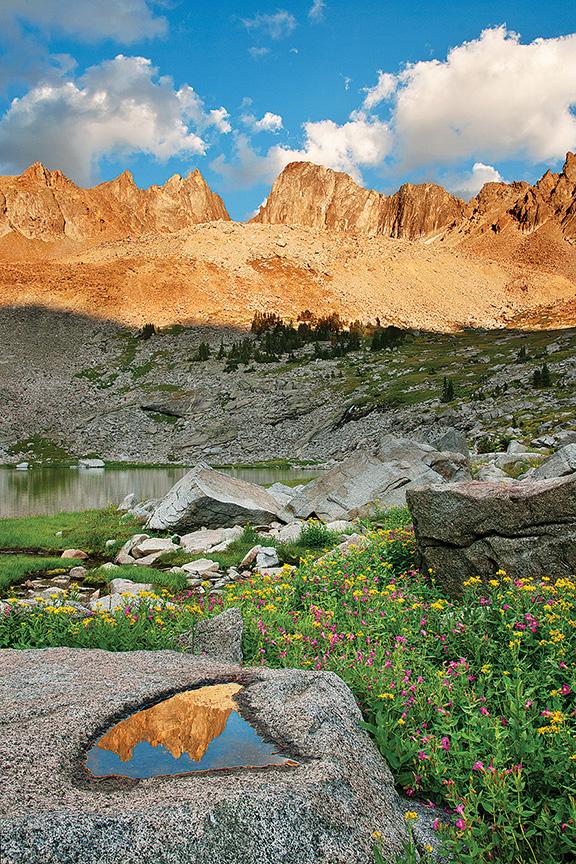Wild Ride
The dirt on mountain-bike access.
Mountain biking in federally designated Wilderness Area is illegal, and most people think it should stay that way. But what about Wilderness Study Areas and Recommended Wilderness Areas? Should historically accessible trails in these areas be closed? Should closed trails be reopened? We posed this question to longtime Bozeman bikers and got very different answers.
Two Wheels, No Deal
In southwest Montana, we are stewards of and benefit from large chunks of Wilderness. Not without reason: the landscape of the Greater Yellowstone area is remarkable. We also have Wilderness Study Areas and Recommended Wilderness Areas that have been inventoried and designated as such because they have outstanding wilderness characteristics. WSAs and RMAs are managed for wilderness character to preserve opportunities for permanent protection, should Congress so choose. Historically, this has not always been the case; managing agencies have often allowed increasing levels of non-conforming uses such as mountain biking and ATVs. These uses might not have impacted wilderness qualities much originally, but as use grows over time, the effects become significant. Where mechanized, motorized, or any other use is compromising wilderness values, the managing agencies should act promptly to halt those impacts while we consider whether to permanently protect these last few wildlands as Wilderness.
—SHANA WOOD, WILDWOOD TRAILS
Bikes Belong
The Greater Yellowstone Ecosystem is dominated by Yellowstone National Park and vast Wilderness Areas, two Congressional land designations where bikes are banned. Two areas of interest, the Hyalite Porcupine Buffalo Horn Wilderness Study Area and the Lionhead Recommended Wilderness Area, contain historic trails that have been used by bicyclists for decades. Recently, the Forest Service has discontinued pedal-powered access to mitigate the threat of lawsuits or to oversee the preservation of wilderness character. This has removed hundreds of miles of backcountry singletrack in other WSAs and RWAs across the state, most recently in the Bitterroot. There is little evidence that bikes adversely affect wilderness character, and in fact most bikers in these landscapes are there for the wilderness values WSAs and RWAs are meant to preserve. This is not the time to remove bikes from these landscapes, and indeed keeping them on the landscape will encourage bikers to support collaborative Wilderness bills in the future. —ESTELA VILLASENOR, Montana Mountain Bike Alliance Co-President
Facebook Feedback
Here’s what folks are saying on social media.
“If your favorite hiking trails were closed to hiking, would you be okay with that?”
“Eventually no humans will be allowed in places like this. Mark my words.”
“A public that is invested in conservation becomes disenfranchised when excluded from areas, and interest in conservation then falls off. Remember, mountain bikes were allowed in Wilderness when the Montana Wilderness Study Act was passed.”














